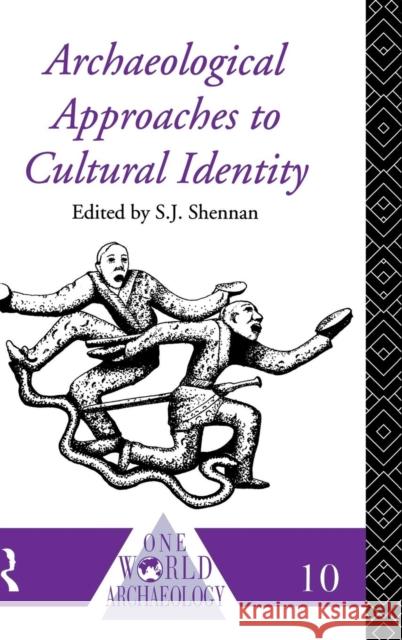Archaeological Approaches to Cultural Identity » książka
topmenu
Archaeological Approaches to Cultural Identity
ISBN-13: 9781138139022 / Angielski / Twarda / 2015 / 346 str.
Archaeological Approaches to Cultural Identity
ISBN-13: 9781138139022 / Angielski / Twarda / 2015 / 346 str.
cena 726,09 zł
(netto: 691,51 VAT: 5%)
Najniższa cena z 30 dni: 654,86 zł
(netto: 691,51 VAT: 5%)
Najniższa cena z 30 dni: 654,86 zł
Termin realizacji zamówienia:
ok. 16-18 dni roboczych.
ok. 16-18 dni roboczych.
Darmowa dostawa!
First published in 2003. Routledge is an imprint of Taylor & Francis, an informa company.











